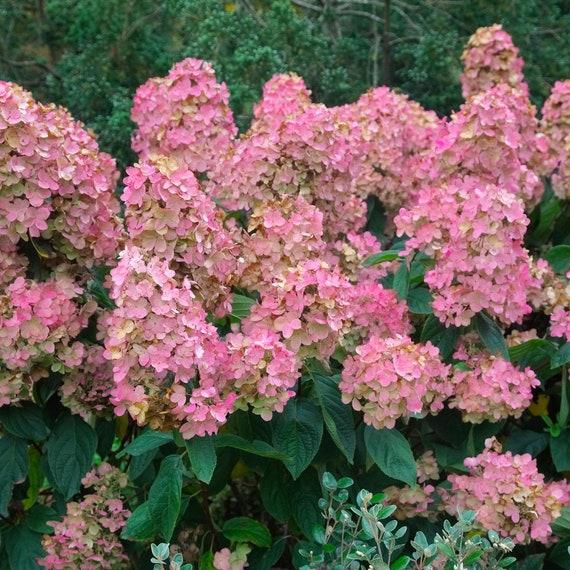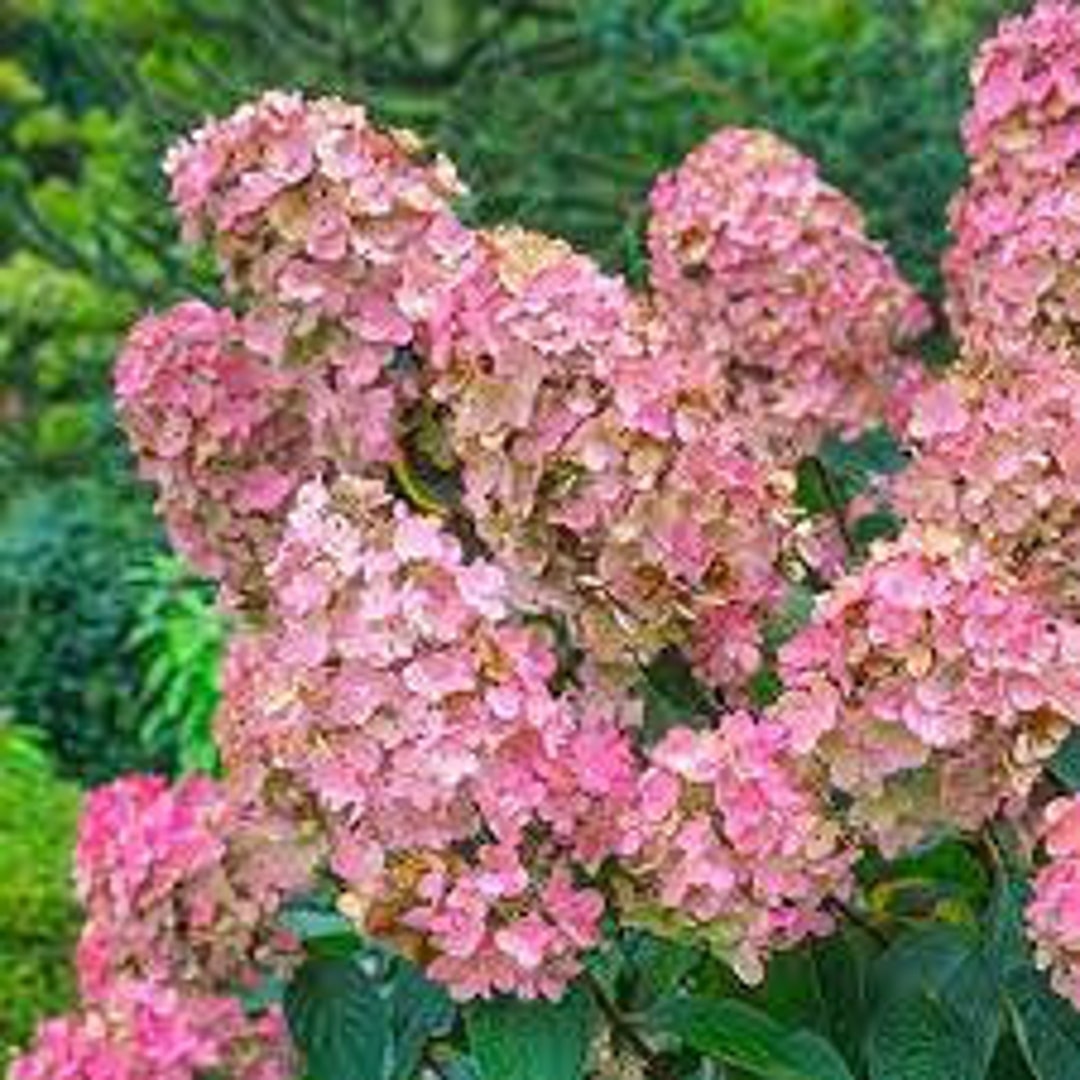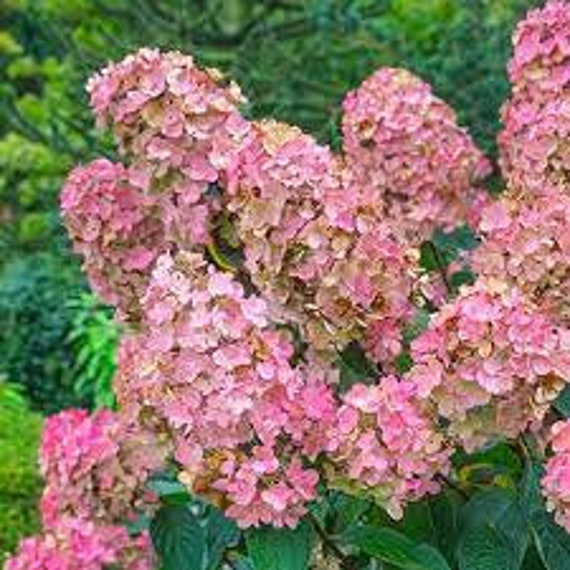Pink Diamond Hydrangeas: The Ultimate Guide To Growing And Caring For These Gorgeous Blooms
Pink Diamond Hydrangeas: The Ultimate Guide to Growing and Caring for These Gorgeous Blooms
Pink Diamond hydrangeas are a popular choice for gardeners because of their large, showy blooms that can last for several weeks. They are also relatively easy to care for, making them a good choice for even novice gardeners.
In this blog post, we will provide an overview of pink diamond hydrangeas, including their history, planting, care, and troubleshooting tips. We will also discuss the different colors that pink diamond hydrangeas can bloom in, as well as some of the most popular cultivars.
History of Pink Diamond Hydrangeas
Pink Diamond hydrangeas were first introduced in the 1970s by a Japanese breeder named Yanosuke Shigemori. They are a hybrid of two other hydrangeas, Hydrangea macrophylla and Hydrangea paniculata.
Pink Diamond hydrangeas quickly became popular due to their large, pink blooms. They are also relatively cold-hardy, making them a good choice for gardeners in many parts of the country.
Planting Pink Diamond Hydrangeas
Pink Diamond hydrangeas prefer full sun or partial shade. They will tolerate full sun in cooler climates, but they may need some afternoon shade in hot, sunny areas.
Pink Diamond hydrangeas need well-drained soil. If your soil is heavy clay, you may need to amend it with sand or compost to improve drainage.
Pink Diamond hydrangeas should be planted in the spring or fall. When planting, dig a hole that is twice as wide and as deep as the root ball. Backfill the hole with soil, tamping it down gently. Water the plant well after planting.
Caring for Pink Diamond Hydrangeas
Pink Diamond hydrangeas are relatively easy to care for. They need regular watering, especially during the first year after planting. Water the plant deeply once a week, or more often if the weather is hot and dry.
Pink Diamond hydrangeas also need to be fertilized in the spring. Use a balanced fertilizer, such as 10-10-10. Apply the fertilizer according to the directions on the label.
In the fall, you can cut back the pink diamond hydrangea to about 6 inches tall. This will help the plant to bloom better the following year.
Troubleshooting Tips
If your pink diamond hydrangea is not blooming, there are a few things you can check. First, make sure that the plant is getting enough sun. If it is in too much shade, it may not bloom.
Second, check the soil moisture. Pink Diamond hydrangeas need regular watering, so if the soil is dry, the plant may not bloom.
Finally, check the fertilizer. If the plant has not been fertilized in a while, it may not have the nutrients it needs to bloom.
Different Colors of Pink Diamond Hydrangeas
The color of pink diamond hydrangeas can vary depending on the soil pH. In acidic soil, the blooms will be pink. In alkaline soil, the blooms will be blue.
You can change the color of your pink diamond hydrangeas by adjusting the soil pH. To make the blooms pink, add sulfur to the soil. To make the blooms blue, add aluminum sulfate to the soil.
Popular Cultivars of Pink Diamond Hydrangeas
There are several popular cultivars of pink diamond hydrangeas. Some of the most popular include:
Pink Diamond: This is the original cultivar of pink diamond hydrangea. It has large, pink blooms that can last for several weeks.Limelight: This cultivar has lime green blooms that turn pink in the fall. It is a bit more cold-hardy thanPink Diamond.Little Lime: This is a dwarf cultivar of pink diamond hydrangea. It only grows to about 3 feet tall.
Conclusion
Pink Diamond hydrangeas are a beautiful and easy-to-care-for plant that can add a touch of elegance to any garden. With proper care, they will bloom for several weeks each summer.
Hydrangea paniculata Pink Diamond is a beautiful and versatile shrub that is perfect for adding a touch of color to your garden. It blooms in mid-summer with large clusters of white flowers that mature to a bright pink. The flowers are held on long stems, making them perfect for cutting and arranging. Pink Diamond is also a relatively low-maintenance plant, making it a great choice for busy gardeners.
If you are interested in learning more about Hydrangea paniculata Pink Diamond, I recommend visiting . This website has a wealth of information about the plant, including its care requirements, planting instructions, and photos of the flowers.
FAQ of hydrangea paniculata pink diamond
Q: What is hydrangea paniculata Pink Diamond?
A: Hydrangea paniculata Pink Diamond is a deciduous shrub that is known for its large, pink panicles of flowers. It is a relatively new variety, having been introduced in 2007. Pink Diamond is a hardy shrub that can tolerate a wide range of conditions, making it a popular choice for gardeners in many parts of the world.
Q: What are the best growing conditions for hydrangea paniculata Pink Diamond?
A: Pink Diamond prefers full sun to partial shade and well-drained soil. It is a relatively drought-tolerant shrub, but it will benefit from regular watering during the spring and summer months. Pink Diamond is also a heavy feeder, so it is important to fertilize it regularly.
Q: How do I care for hydrangea paniculata Pink Diamond?
A: Pink Diamond is a relatively easy-care shrub. The most important thing is to water it regularly, especially during the spring and summer months. You should also fertilize it every few months with a balanced fertilizer. In the fall, you can prune Pink Diamond to shape it and remove any dead or damaged branches.
Q: What are the common pests and diseases of hydrangea paniculata Pink Diamond?
A: The most common pests of Pink Diamond are aphids, scale insects, and spider mites. These pests can be controlled with insecticidal soap or neem oil. The most common diseases of Pink Diamond are leaf spot and powdery mildew. These diseases can be prevented by watering the plant at the base and keeping the leaves dry.
Q: How do I propagate hydrangea paniculata Pink Diamond?
A: Pink Diamond can be propagated by softwood cuttings in the spring or by division in the fall. To propagate by softwood cuttings, take 4-6 inch cuttings from new growth and root them in a mixture of peat moss and perlite. To propagate by division, dig up a mature plant and divide it into two or more sections.
Image of hydrangea paniculata pink diamond
- Image 1: A large, full bush of pink diamond hydrangea in full bloom. The flowers are a bright pink color and are arranged in large, conical clusters.

- Image 2: A close-up of the flowers of a pink diamond hydrangea. The flowers are a deep pink color and have a slightly wavy edge.

- Image 3: A single flower of a pink diamond hydrangea. The flower is a bright pink color and has a large, showy center.

- Image 4: A pink diamond hydrangea in a garden setting. The bush is surrounded by other flowers, including roses and lilies.

- Image 5: A pink diamond hydrangea in a vase. The flowers are arranged in a tall, elegant vase and make a beautiful centerpiece.

Post a Comment for "Pink Diamond Hydrangeas: The Ultimate Guide To Growing And Caring For These Gorgeous Blooms"